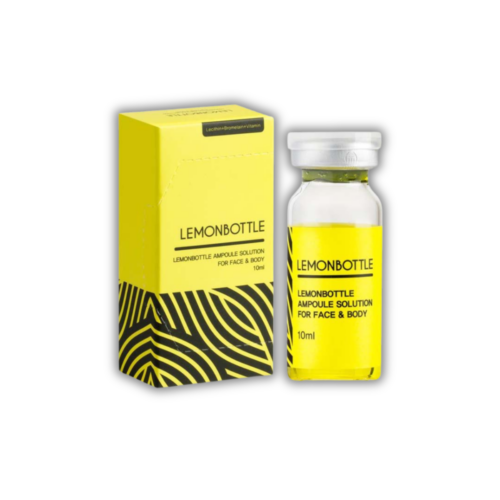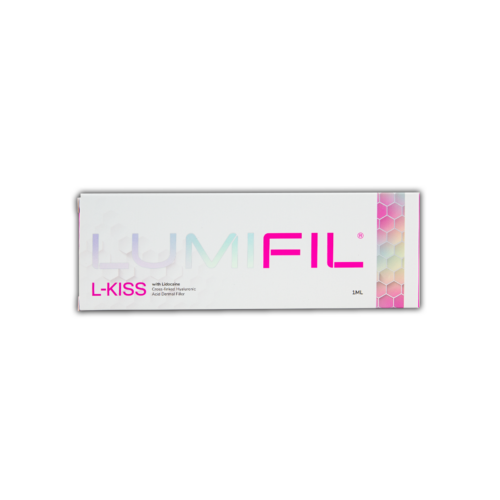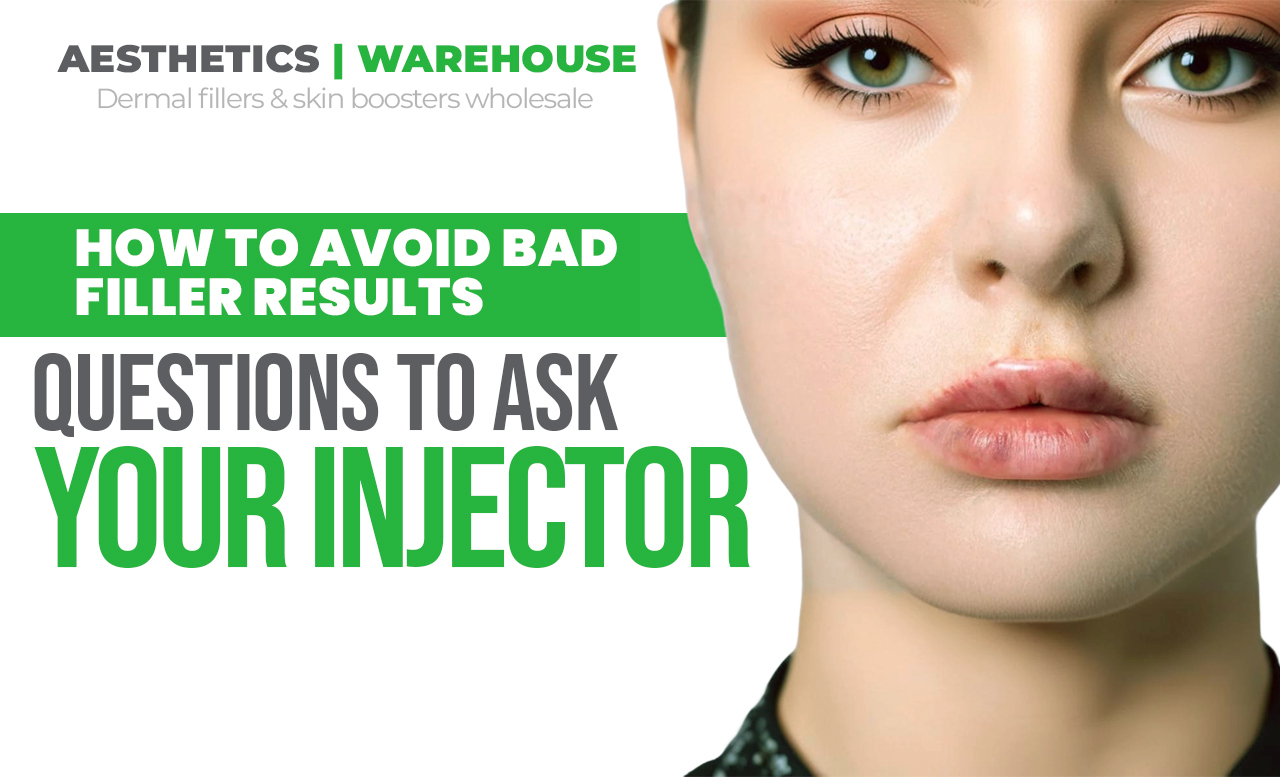Many people choose cosmetic fillers because they’re a quick way to smooth wrinkles and add volume. But it’s important to know that not all fillers are the same. Some people end up with unnatural-looking bumps, asymmetry, or results that don’t look as expected.
The good news? You can prevent these mishaps. The secret is simple: knowledge and careful selection. Before letting anyone near your face with a needle, you need to ask the right questions and do your homework.
So, we will let you know what to look for, what to ask, and how to ensure you’re in the hands of a true professional.
What Are the Types Of Fillers?
Dermal fillers are of different types according to their composition and purpose. Let’s discuss some common ones:
- Hyaluronic Acid (HA) Fillers: These are the most popular and versatile fillers on the market. Hyaluronic acid is present in our skin naturally, which helps hold moisture and add volume.
- Calcium Hydroxylapatite (CaHA) Fillers: These fillers are used for deeper lines and areas requiring more substantial volume restoration. Radiesse is popular in this category. These fillers plump up the area instantly and also help your skin make more collagen.
- Poly-L-lactic Acid Fillers: Sculptra is a well-known filler that helps your face look fuller. Although it doesn’t give instant results, it helps your body produce collagen over time.
Common Treatment Areas
Fillers are not limited to one specific area but can be used in many areas. Here are some target areas where fillers can work:
- Cheeks and Midface: When we get older, our cheeks lose their fullness, which can make us look tired. Fillers add that volume back for a more refreshed look.
- Lips and Mouth Area: People get lip fillers to make their lips plumper, shape them, and smooth out lines around their mouths.
- Under-Eye Area and Tear Troughs: The area under your eyes often shows signs of ageing or tiredness. Under-eye fillers can help with dark circles and sunken areas, making you look more awake and refreshed.
How To Select a Qualified Injector?
A good injector can make a real difference, giving you a natural, beautiful look. But a bad one? That could leave you unhappy. So, we’ll tell you how to find a pro who can deliver wanted results.
- Medical Licensing: Any legit injector will have a valid medical license. This license means they’ve taken extensive medical training and can do these treatments, so you know you’re safe.
- Board Certifications: Doctors with certifications from boards like the American Board of Plastic Surgery or Dermatology have proven they have advanced skills and are committed to excellent patient care.
- Years of Experience: Doing fillers well takes a lot of practice. A doctor who’s done many treatments will better understand how faces work and how to customise the treatment for you. Ask them about their experience and how many procedures they do.
- Product Knowledge: A professional injector should know each filler well, understand which ones are best for different areas, and clearly explain why they recommend a specific one.
- Safety and problem-solving: Experienced injectors plan to prevent issues and deal with them if they arise. They should tell you how they minimise risks, what they’ll do if something unexpected happens, and how they’ll take care of you afterwards.
What Are The Red Flags To Watch For?
When researching for a skilled injector and planning to go into the procedure, you should know some warning signs to avoid future risks. Here are some indicators to watch for:
- Warning Signs During Consultation: Trust your instincts. If an injector seems rushed, unwilling to answer questions, use high-pressure sales tactics, or can’t clearly explain their approach, these are major red flags.
- Price Should Never Be the Only Factor: While saving money is tempting, cheap treatments for your face can cause problems. It’s worth investing in a skilled professional who has a good reputation.
- Documentation and Proof of Expertise: A reputable injector will have a portfolio of their work patient testimonials, and be happy to provide references.
After-Procedure Care
What you do after the treatment can make a big impact on your results, comfort, and overall experience. Here’s how you should do your post-treatment care:
- Manage Swelling and Bruising: Your face may experience temporary swelling and bruising after the procedure. Apply cold packs for short periods and keep your head elevated. This will help you recover more quickly.
- Avoiding Pressure: Do not touch, massage, or press on the treated areas unless instructed by your injector.
- Activity and Exercise Restrictions: Give your body a day or two to heal. Avoid strenuous exercise and anything that makes you sweat a lot.
- Gentle Cleansing: Your skin will be extra sensitive after the procedure. Use gentle, fragrance-free cleansers and moisturisers that won’t irritate the treated areas.
- Makeup and Skincare Considerations: Give your skin a whole day without makeup to help prevent infection. When you start wearing makeup, use clean brushes to avoid any bacteria.
- Go for Follow-Up Appointments: Expect a follow-up visit a few weeks after your treatment so they can check the results and make any needed adjustments.
If you experience severe pain, signs of an allergic reaction, vision changes, unusual skin texture, or any symptoms that feel wrong, contact your injector immediately. Early detection helps manage most complications easily.
You may also like to read: Soft vs. deep dermal fillers: Which one is right for you?
Final Thoughts
Fillers can be an amazing way to boost your confidence and refresh your appearance, but only when done right. Knowledge is your most powerful tool—by asking the right questions, doing thorough research, and choosing a skilled professional, you can transform your filler experience from risky to rewarding. Your face is unique, so make sure it’s in safe hands.
FAQs
How Long Do Filler Results Actually Last?
Most hyaluronic acid fillers last between 6 to 18 months, with some newer formulations providing results up to 2 years.
Are Cosmetic Fillers Painful?
Most patients experience mild discomfort similar to a quick pinch, and many injectors use numbing cream to minimise any potential pain.
What happens if I don’t like my filler results?
Hyaluronic acid fillers can be dissolved using an enzyme called hyaluronidase, allowing you to reverse the treatment if you’re unsatisfied with the results.
Can Fillers Look Natural, or Will I Appear ‘Overdone’?
A skilled injector can use fillers to create subtle, natural enhancements that simply make you look like a refreshed version of yourself.




